Inside the long-shuttered doors of 3750 Main Street
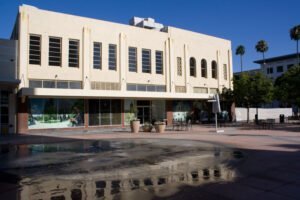
What does one find upon entering a building that’s been out of public use for much of the past 40 years? A few weeks back, we were lucky enough to find out as we ventured along with fellow Old Riverside Foundation members into the long-shuttered Franzen’s/Westbrook’s/Imperial hardware building located on the pedestrian mall at 3750 Main Street. Allowing us access and helping lead the tour were several officials with the city of Riverside, including Carl Carey, Emilio Ramirez, Robert Wise, Erin Gettis, and councilmen Mike Gardner and Andy Melendrez.
Although the various addresses used over the years for Franzen’s/Westbrook’s/Imperial hardware at that location are a bit murky — due in part to expansions into adjacent storefronts and buildings — parts of the structure (likely any potential common wall) may very well date back to 1898 when the Dickson Block (approximately 3730/40 Main Street today) was built to replace the Dickson Livery. Based upon newspaper accounts and advertisements, the store began at 738 Main Street (approximately 3738 today) before expanding southward into the adjacent building of 3750. Another adjacent expansion southward into 3760/70 would eventually result in 3750 and 3760/70 unified behind a new facade addressed as 3750 Main Street.

Initially however, in October 1898, part of the new Dickson building (3730/40) housed The Ark home furnishings store (one of many various downtown locations for The Ark over the years). But in December 1900, the space was taken over by the newly-opened Franzen Bros. Hardware.
Franzen’s was started by brothers C. A. Franzen (aka Chris/Christian) and Henry Franzen Jr. of Orange County, with John Robert Westbrook (1860-1944; aka J. R. Westbrook) playing an integral role from its inception (essentially bringing the brothers to Riverside to open the store). J. R. would eventually become a financial partner in 1908. However, in December 1910, J. R. sold his interest back to the Franzen’s and joined forces in January 1911 with nearby competitor Riverside Hardware Company (a partnership he would remain in for six years).
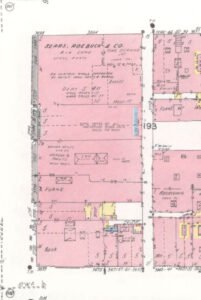
And not too long after, in the months just prior to July 1912, the Franzen’s themselves would sell their interest in the store to E. E. Stewart, beginning a period of about five years in which ownership interests in the store did not include either Westbrook or the Franzen brothers. However, Stewart would keep the Franzen name as well as the Franzen brothers as employees.
Ownership would revert back to the original owners in May 1917 when J. R. Westbrook — having just sold his interest in the nearby Riverside Hardware Company — and the two Franzen brothers reformed their partnership and repurchased Franzen’s Hardware from E. E. Stewart.
I (J. R. Westbrook) was interested with them (Franzen brothers) in the establishment of their first business here. There has been considerable swapping around since that time, but we’re back in partnership again, and we’re doing things.
Riverside Daily Press – July 11, 1917
During the 1920s, ownership would solidify under the Westbrook’s, first upon the 1921 retirement of Chris Franzen, resulting in his interest being sold to Robert Harris Westbrook (1899-1973; aka R. H. Westbrook, the son of J. R.). And in 1929, the last financial interest in the hardware store by the Franzen brothers — this time being Henry Franzen — was sold to the Westbrook’s. However, the store would continue using the Franzen name for at least another five years.

Following a January 1935 fire in the original building at 3730/38 Main Street that wiped out much of the store’s stock — particularly its large selection of crockery — the store continued using the adjacent space of 3750 (which it had expanded into by 1913) as it rebuilt and restocked. Part of the post-fire remodeling eventually included leaving the 3730/38 portion in favor of full expansion into the adjoining building to the south at 3750 Main Street, plus into the next adjoining structure (which actually had been two storefronts: 3766 and 3768 Main Street). It also included a new name — Westbrook’s — and a new California Deco-Moderne facade that unified the two buildings and multiple storefronts into the 3750 Main Street address. Designed by renowned Riverside architect Henry L. A. Jekel, the style — a trend that arose in the 1930s following the Great Depression — is considered a stripped-down and less exuberant version of earlier Art Deco styles.

In September 1959, Westbrook’s was sold to El Centro-based Imperial Hardware Co., a small chain of 14 hardware and housewares stores in Southern California, this according to an article in the Riverside Press. City permits indicate Imperial covered up the Westbrook’s facade in 1964 with a modern false front — a common practice at the time. Imperial remained in the building until September 1972, when the store was closed in favor of its relatively-new sister store — also known simply as Imperial — that opened at the Tyler Mall in mid-1971 (and as best as we can remember/determine, lasted at least until late 1974, possibly a few years longer).

Although the downtown building had a few short-lived, temporary uses — including initially as a “bargain/liquidation” type store as well as an art guild/local artist showcase for about a year in 1975-76 — for whatever reason, a permanent tenant never fully materialized. As such, Imperial’s sleek metal front remained intact until June 2007, when its removal re-exposed the impressive 1930s-era façade.
Upon signing waivers, grabbing flashlights, and donning hard hats, it was time for us to explore the dark and mysterious interior. What would we find? How bad was its condition? Was anything salvageable?

On level one, we immediately noticed lots of dust and debris and what appeared to be various amounts of stored items (more on this later). As we lumbered around, we saw that the two-level plus basement structure was comprised of two buildings unified into a single store. A large central wall separated the two nearly-equal parts, with cutouts allowing passage between the northern and southern sections.
Along the main wall in the middle of the northern section was an L-shaped stairway to the basement. Nearby, a small passenger elevator waited patiently, call buttons still intact. Tucked in the corner at the back was a freight elevator. Another stairway — this one in a semi-crumbling state — stood nearby and headed up to level two. Its heavily soiled carpet indeed had seen better days.

The building contained two more stairways: a third in the northern section just inside the building’s main entrance, which headed directly to the basement; and a fourth — the only stairway in the southern section — leading up to a small mezzanine level in the back. Decorative metal railing lined it and the mezzanine’s balcony.
After our initial surprise of actually being inside the building wore off and our eyes gained traction in the dark, realization that the interior had suffered serious neglect over the past 40-plus years was quite evident.

Throughout, the floor was covered in dust and debris — and yes, a fair amount of bird excrement. Hanging down in several spots was water damaged ceiling tiles. Front window casements on level two looked old and tired. A room on the same level had large holes in the roof exposing the sky above. And while some lighting fixtures were present, none appeared ready to illuminate our tour.
In general, both the basement and level two were free of large items. Support poles and crumbling debris — particularly on level two — provided much of the scenery. However, the ground level contained fair amounts of stored items. Everything from old office equipment, furniture, and décor to aging bankers boxes stuffed with business records, some of which had escaped and now littered the floor.
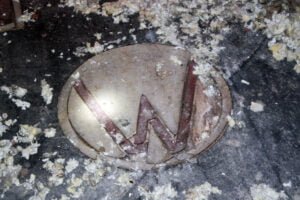
An unexpected discovery was various items for Woodhaven Development, a once mighty Riverside home builder. (Subsequent research found the building — along with the former Rouse’s building — had been purchased around December 1978 by David Miller of Woodhaven. Miller was also known for the successful Miller’s Outpost clothing chain.)
Probably one of the coolest finds was a 12-inch, encircled “W” inlaid on the floor immediately in front of the passenger elevator on level two. No doubt this logo stood for Westbrook’s.

Elsewhere, a few other surprises greeted us. On level two was what appeared to be the former “Appliance” section, with decorative mid-century lattice. Also on level two was the ladies lounge/restroom, which looked probably as it did 40 years earlier, with most fixtures and décor still in place including sinks, toilets, and wallpaper. (On a related note, remnants for at least seven styles of wallpaper were present in the building.)
In the basement, we noticed blackened bricks along a common wall, possibly from the 1935 fire. Next, we stumbled upon a Lamson pneumatic tube system likely dating from the 1930s. Attached to a support pole were two tubes that emptied into a metal basket. The tubes followed a ceiling beam toward the rear, possibly ending up in the southern section’s mezzanine level.

Affixed to the same support pole next to the tube system, we found a typed phone listing with extensions for the once vibrant departments: Hardware, Appliances, Furniture, Carpet, Drapery, Housewares, China, Sporting Goods, Credit and Delivery. Scribbled nearby were a few old Riverside “OVerland” exchange phone numbers as well as the address for Lindgren’s Hardware (which is still doing business on Brockton Ave.). Lastly, our flashlights spotted a near-mint price tag for Imperial Hardware Company hanging from a nail, adding context to our other finds.
Overall, it seems the tour left most of us scratching our heads wondering why the building had been left to essentially rot for 40 years. Undoubtedly, lots of cleanup was needed. But was there anything worth grabbing? Yes indeed. And was the interior itself salvageable? Probably not.
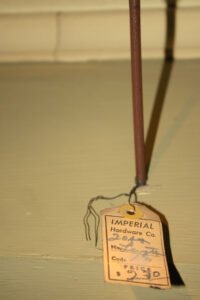
And though we understand various redevelopment plans have been floated in recent years, we’re hopeful the city — which now owns the building — will find a compatible re-use for it. Certainly, incorporating the building’s shell into any new pedestrian mall friendly development seems plausible, and in fact, even warranted considering it’s probably the best Deco/Moderne façade remaining in Riverside.
(2024 Update: Following the removal of the mid-century false front, the City of Riverside cleaned up, repaired, and painted the re-exposed 1930s-era facade of Westbrook’s, eventually selling the site for redevelopment. And in August 2018, the Imperial Hardware Lofts opened on the site, incorporating the Westbrook’s facade into the new mixed-use project. Developed by Irvine-based Ratkovich Properties, the six-story building has 91 units consisting of studio, one, and two bedrooms, 9,000 square feet of commercial space, and two levels of secured parking (with one level underground). As a side note, the last three remaining Imperial stores — El Centro, Holtville, and Brawley all in Imperial County, California — were sold in 2020 to a Blythe, California-based ACE Hardware franchisee.).
Related
Previous
- RaincrossSquare.com – Peeling back time (June 2007) | Then & Now – Main at Mission Inn (March 2007) | Out & About – 09/16/2006 (Sept. 2006)
Gallery No. 1: Inside the long-shuttered doors of 3750 Main Street
Gallery No. 2: Through the Years: Franzen’s / Westbrook’s / Imperial Hardware
Correction/Clarification/Update: Closing of Imperial Hardware downtown updated to September 1972 and changed from a “relocation” to a “closing” with new information found regarding Imperial Hardware’s opening at the Tyler Mall in mid-1971 (about a year prior to the closing of the downtown location).
Sources: City of Riverside, Riverside Public Library, Riverside Press-Enterprise (RDP-18980629, RDP-18981007, RIE-19001211, RED-19101210, RDP-19110104, RDP-19120718, RIE-19170427, RDP-19170512, RDP-19170711, RDP-19290417, RDP-19331101, RDP-19350130, RDP-19350806, RIE-19351127, RDP-19361023, RDP-19591001, DE-19710423, RP-19720728, RP-19741219, DE-19750430, RP-19750609, RP-19761110, RP-19781206, DE-19790105, PE-20070619), Imperial Valley Desert Review (20200828), “Henry L. A. Jekel: Architect of Eastern Skyscrapers and the California Style, 1895-1950” (H. Vincent Moses & Catherine Whitmore), “Riverside in Postcards” (Steve Lech), “Riverside – Then & Now” (Glenn Edward Freeman), Ancestry.com, RaincrossSquare.com
2024 PAGE UPDATE: Added additional historical info, including Dickson Block background, Westbrook partnership and ownership changes, and post-fire reopening; added context and updated style of facade to California Deco-Moderne; added additional info/context to closing of Imperial Hardware, including short-lived post-Imperial uses of the building and 1978 purchase by Woodhaven Development; added additional/updated photos and photo gallery; added 2024 update; removed outdated third-party links.

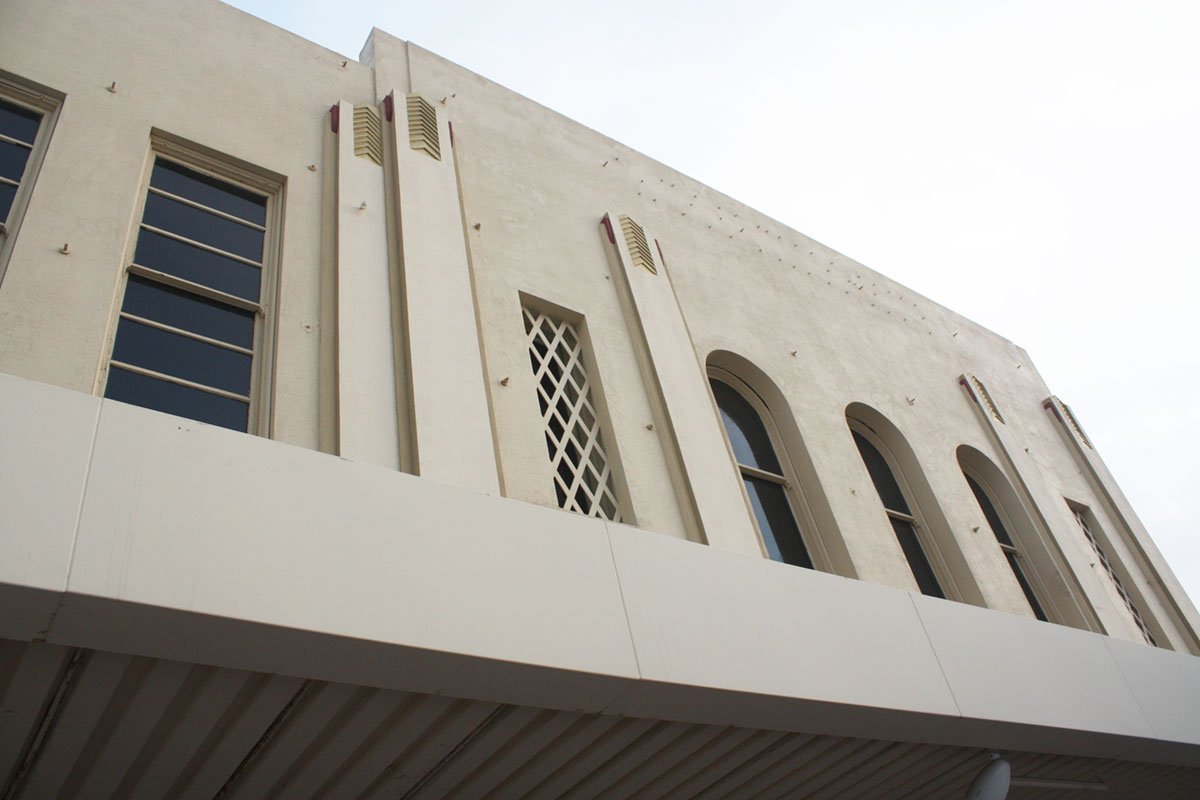
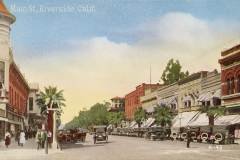
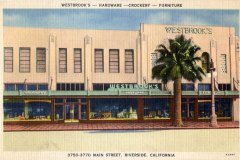
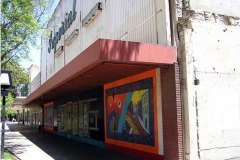
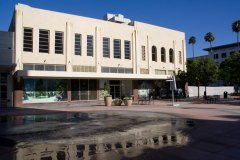

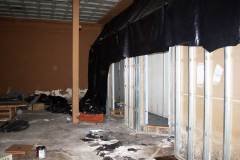
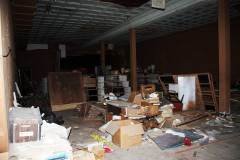
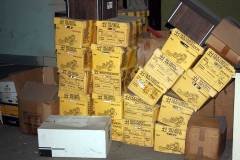
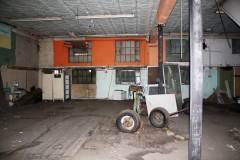

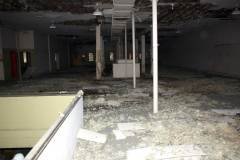
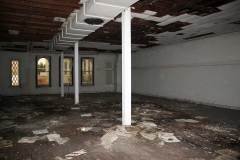
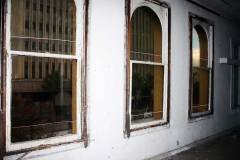
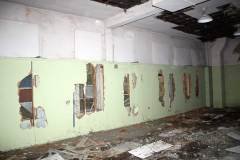
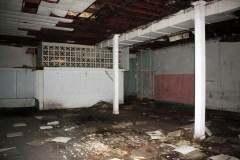
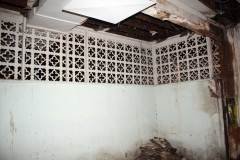
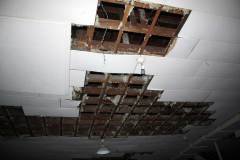
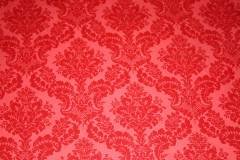
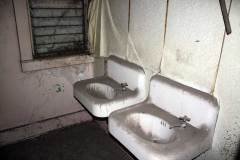

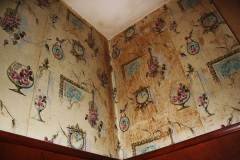

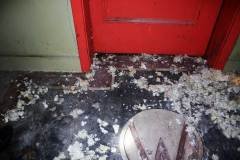
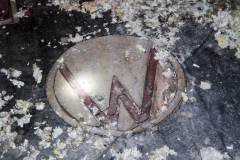
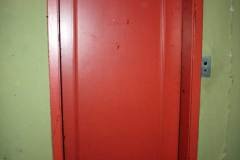

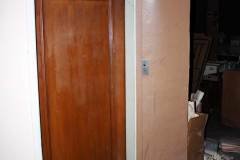
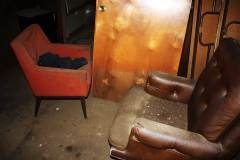
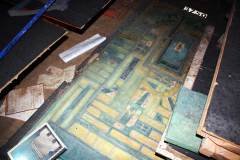
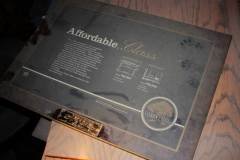

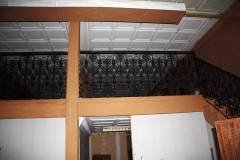
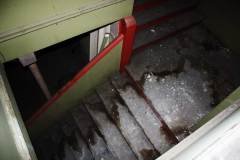
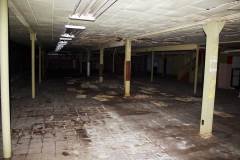
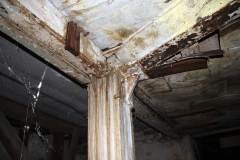
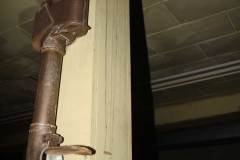
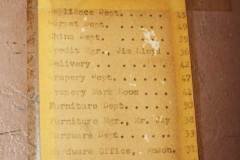
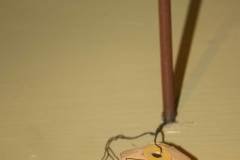
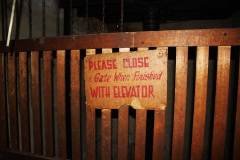
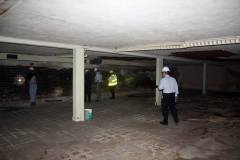
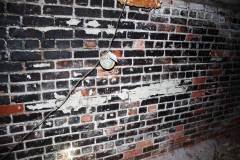
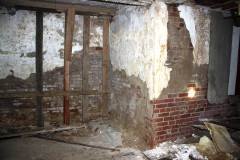
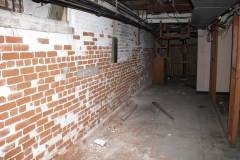
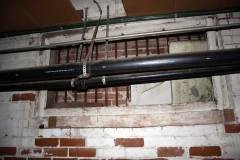
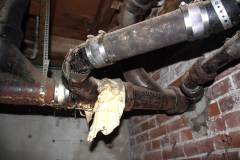
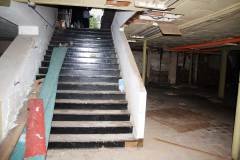
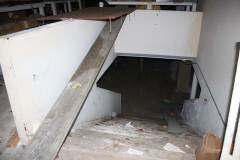
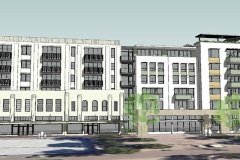
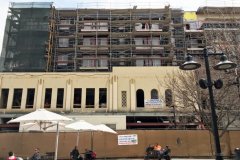
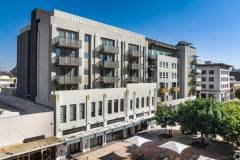
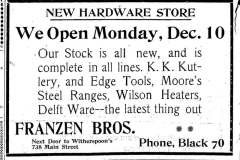
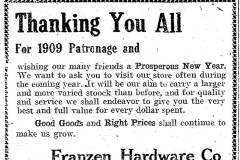
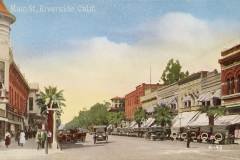
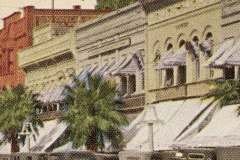
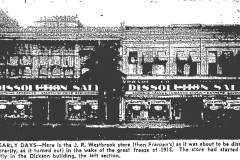
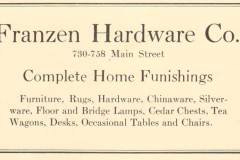
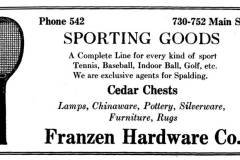
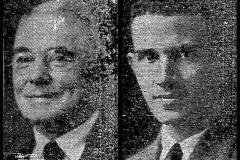
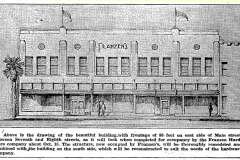
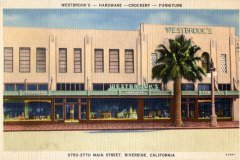
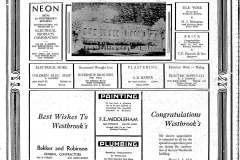
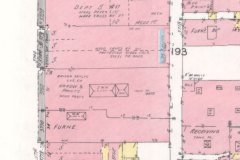
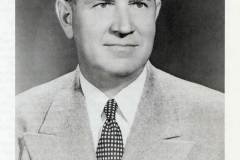
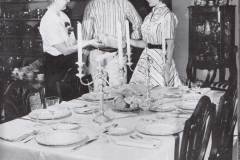

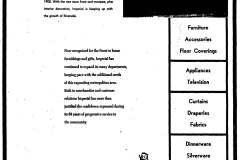
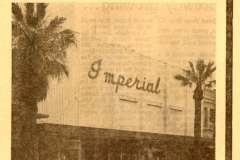
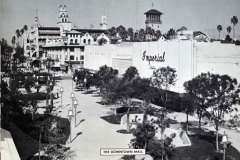
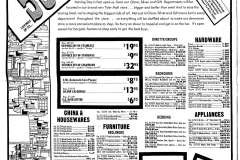
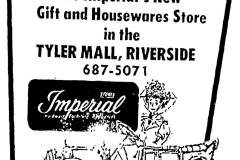
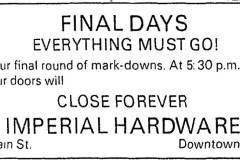
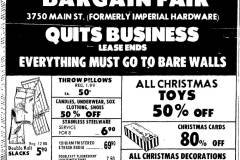
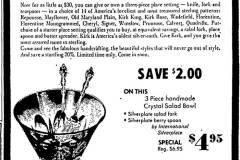
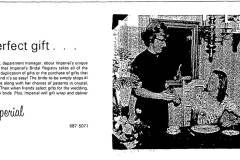
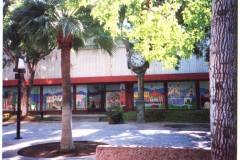
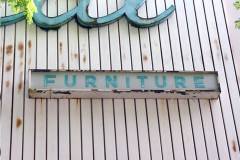
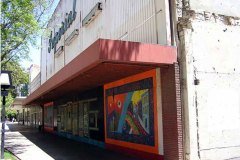

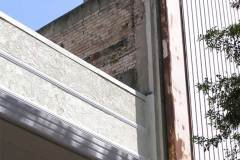
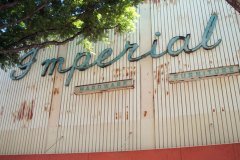
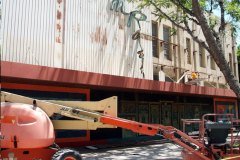

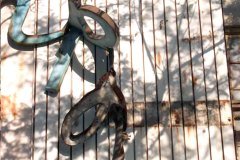
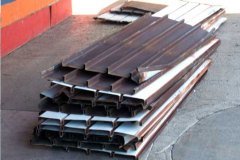
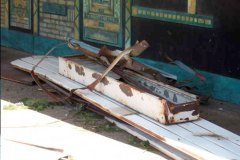
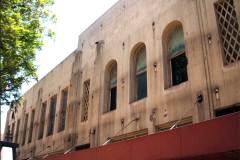
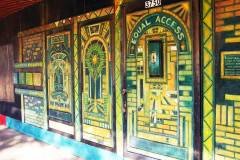
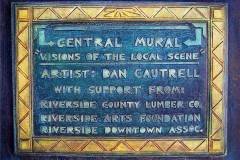
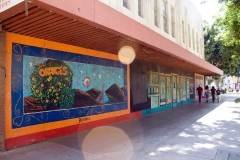
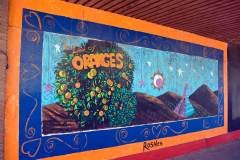
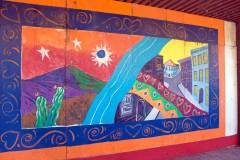
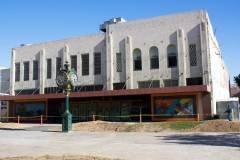
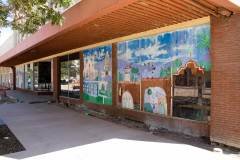
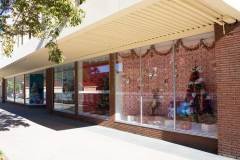
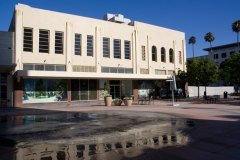
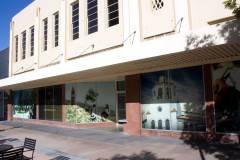
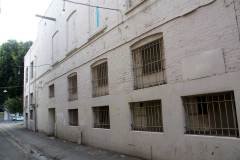
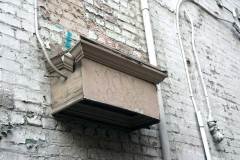
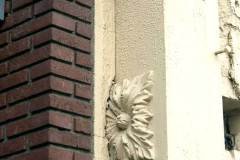

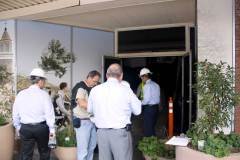
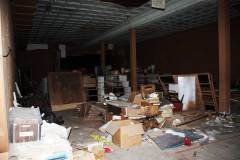
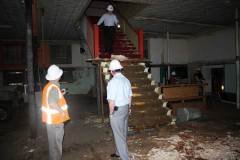
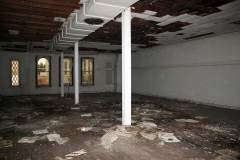
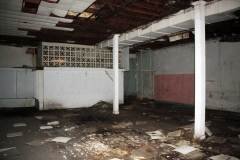
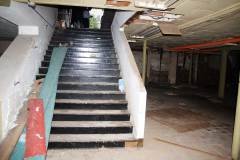
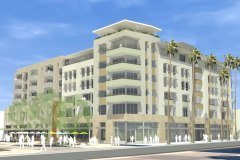
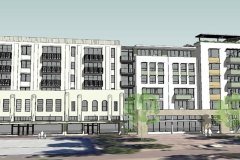
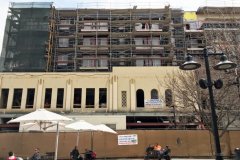
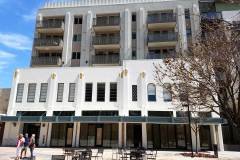

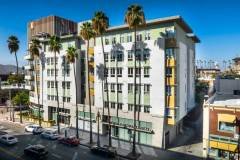
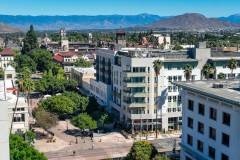
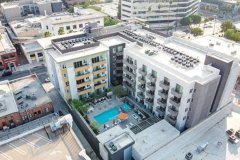
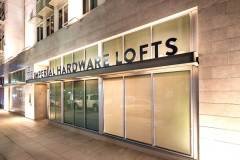
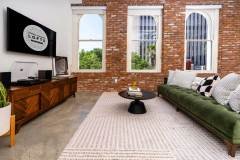


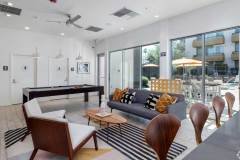
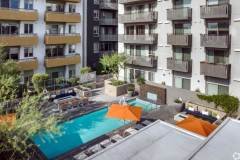
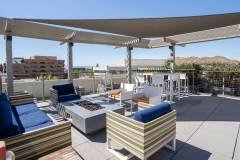

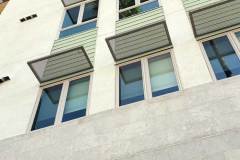
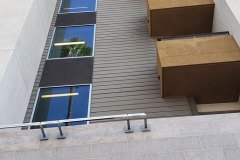
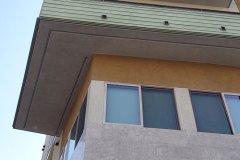
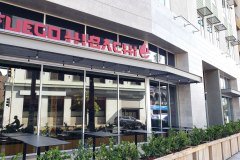
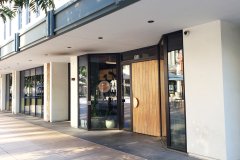

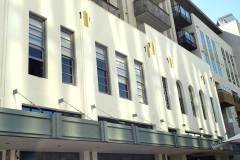
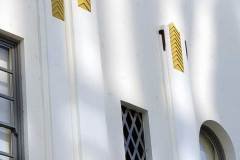
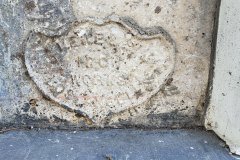

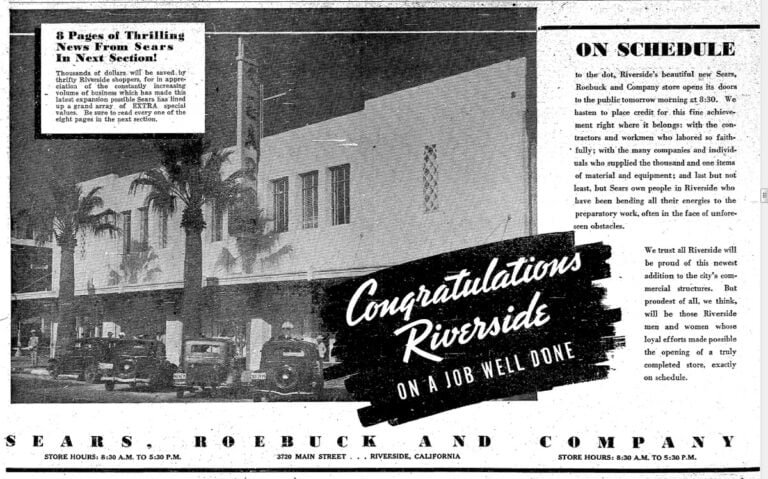
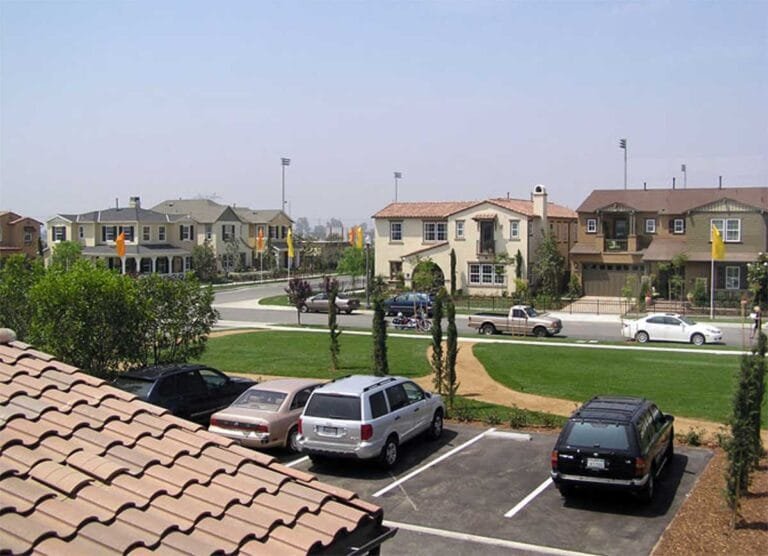
I love the wallpaper & W photos! very cool 🙂
& I agree, hopefully they find a good reuse for it & keep the facade… a Whole Foods would be nice 🙂 (I can dream)
But for some strange reason, even though Riverside has 1 of only 2 Nordstrom’s in the Inland region, we can’t even seem to land an Apple Store, Williams-Sonoma or Crate & Barrel. You would think having an actual “employment centric” downtown with various businesses, countless law firms and numerous government entities, plus 40,000+ students at 4 separate college campuses — including a UC campus — an Apple Store seems like a no-brainer. And yet, we still don’t have one. Go figure. Somehow, it seems, the city’s (and surrounding area) demographics are simply being glossed over and not analyzed properly for sheer numbers and overall “disposable” income as opposed to an arbitrary median income requirement (which can easily be negated via high housing costs).
And yes, the wallpaper was a surprising find. And the facade is definitely one worth keeping!